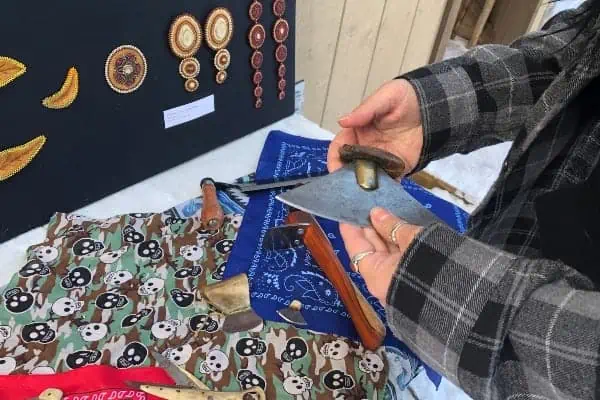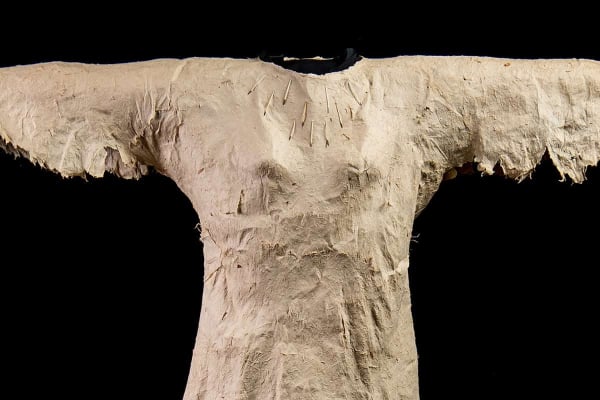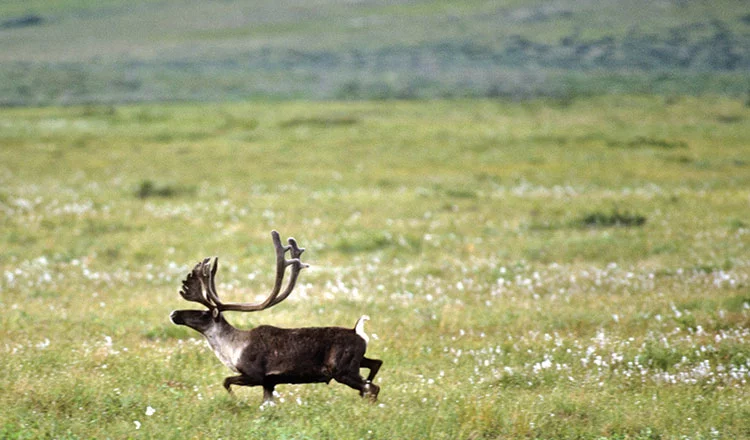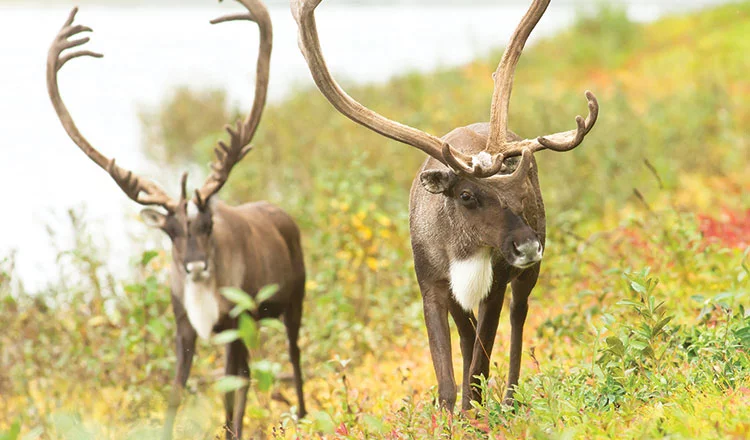As every Yukoner should, I have been following the debate over the Peel Watershed Draft Land-Use Plan.
It is a debate that will decide what kind of Yukon we want to live in; it will decide how the world will consider us.
I have formed an opinion, but I will not divulge it here because I don’t feel that I have the expertise to completely understand the risks and benefits of the various options for this region northeast of Dawson City.
And I certainly don’t have the same stake in it as the Gwich’in people.
But I feel I must correct two misconceptions that continue to creep up among those who feel some resource extraction will not offend those who prefer total conservation of the area.
First, it is being claimed that tourists, who have and who, one day, will visit the Peel Watershed, are affluent … well-heeled … privileged (as in “a privileged few”).
It is also claimed that these jet-setters will cause more damage than a well-run mining operation.
These people are mistaken.
I know this because I had the good fortune to take a 10-day rafting trip down the Tatshenshini and Alsek rivers.
My fellow guests included a nurse, a civil servant, a teacher, a small business owner (who drove his own delivery truck) and an administrator.
There were 11 of us and not a single one of us could be considered among the pampered elite.
Well, actually, we were pampered during this trip as our hosts, Nahanni River Adventure guides, managed to whip up delicate banana cream pies, tangy salsa sauces and, for breakfast, fluffy omelettes (but none of us arrived at the departure point in a chauffeured limousine).
We were normal folks who were drawn to these rivers by the reputation of wild, pristine beauty that was jealously guarded by the Yukon, Alaska and British Columbia governments along with the Champagne and Aishihik First Nations.
It took a couple of days, but we finally got used to not hearing music or phones or traffic. We had the time to think; we could hear ourselves think, and we saw, firsthand, what nature can offer a human soul.
We all agreed this is something we could not put a price on.
Our guides, Bob Hanley of Whitehorse, and Trent Abbott and Ron Morrision of Ontario, told us how a proposed copper mine development, back in the 80s, could have threatened 50 mammal species that depend on these rivers.
Although these guides, and others, would bring 1,000 tourists down these rivers that season, 10 years ago, it is impossible to believe they would mar the beauty of this land that drew us all to it.
Which brings me to the second misconception: in one letter to the editor, the writer scoffed at the idea that tourists and guides would keep the rivers pristine. “Would they carry out their own feces?” the letter asked incredulously.
Yeah. We did.
Nothing got left behind. After camping on a shore, everything was put back onto the rafts.
Our fire pits were metal pans placed on the ground so that no scorch marks would remain, and we burned only driftwood.
After we took down our tents in the morning, we scattered the rocks that held them down overnight so that the unnatural rings would not contradict the randomness of nature.
Even though thousands had travelled the Tatshenshini and Alsek rivers, before us, I saw no garbage and only a few indications that a camp had once been there.
Amazing.
In these words, I’ve done a poor job of hiding my opinion like I said I would. It is difficult not to be touched by the raw experience of nature.
Can some areas be mined without damaging other areas? Smarter people, than I, know these answers. I just hope they profoundly understand the risks.




